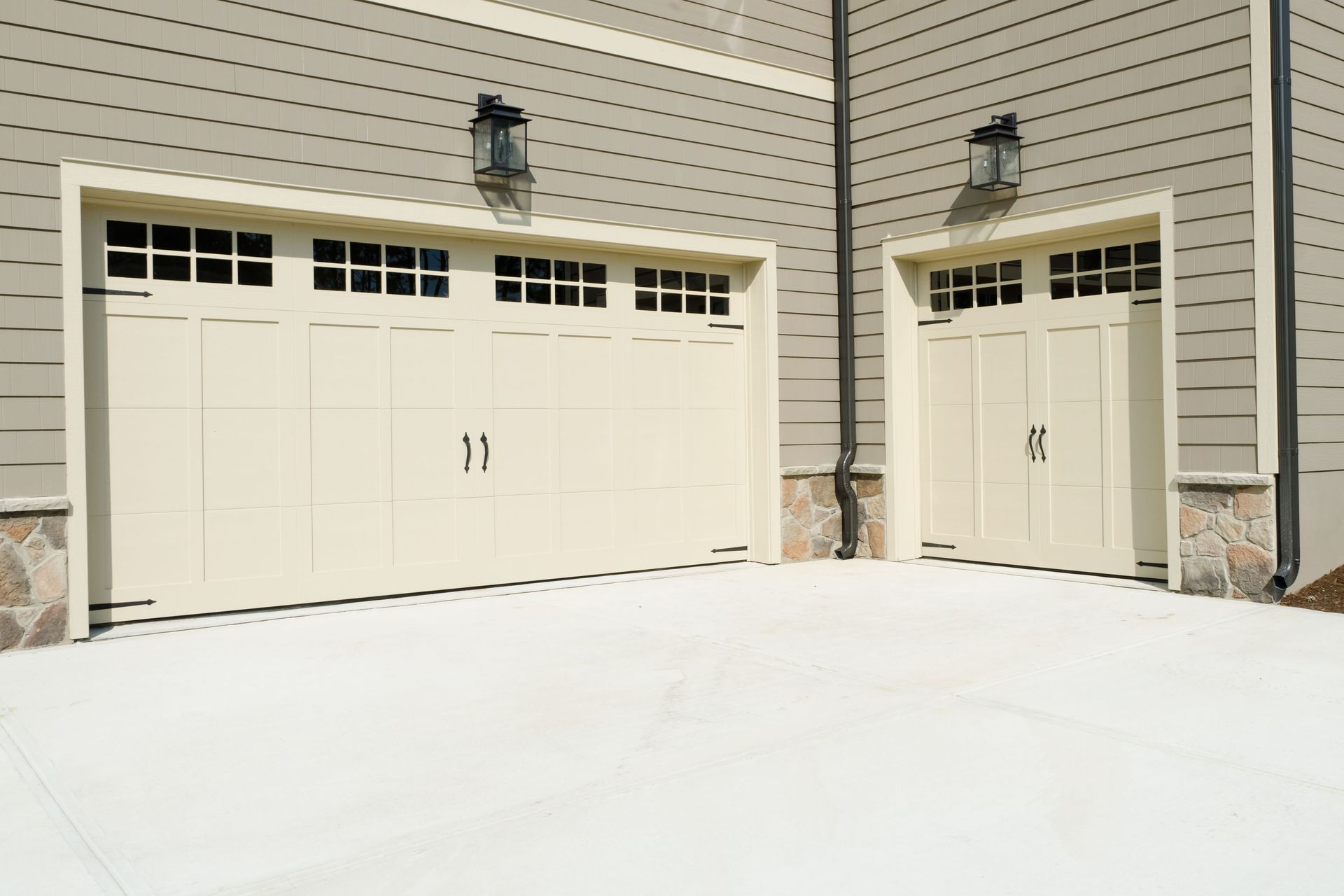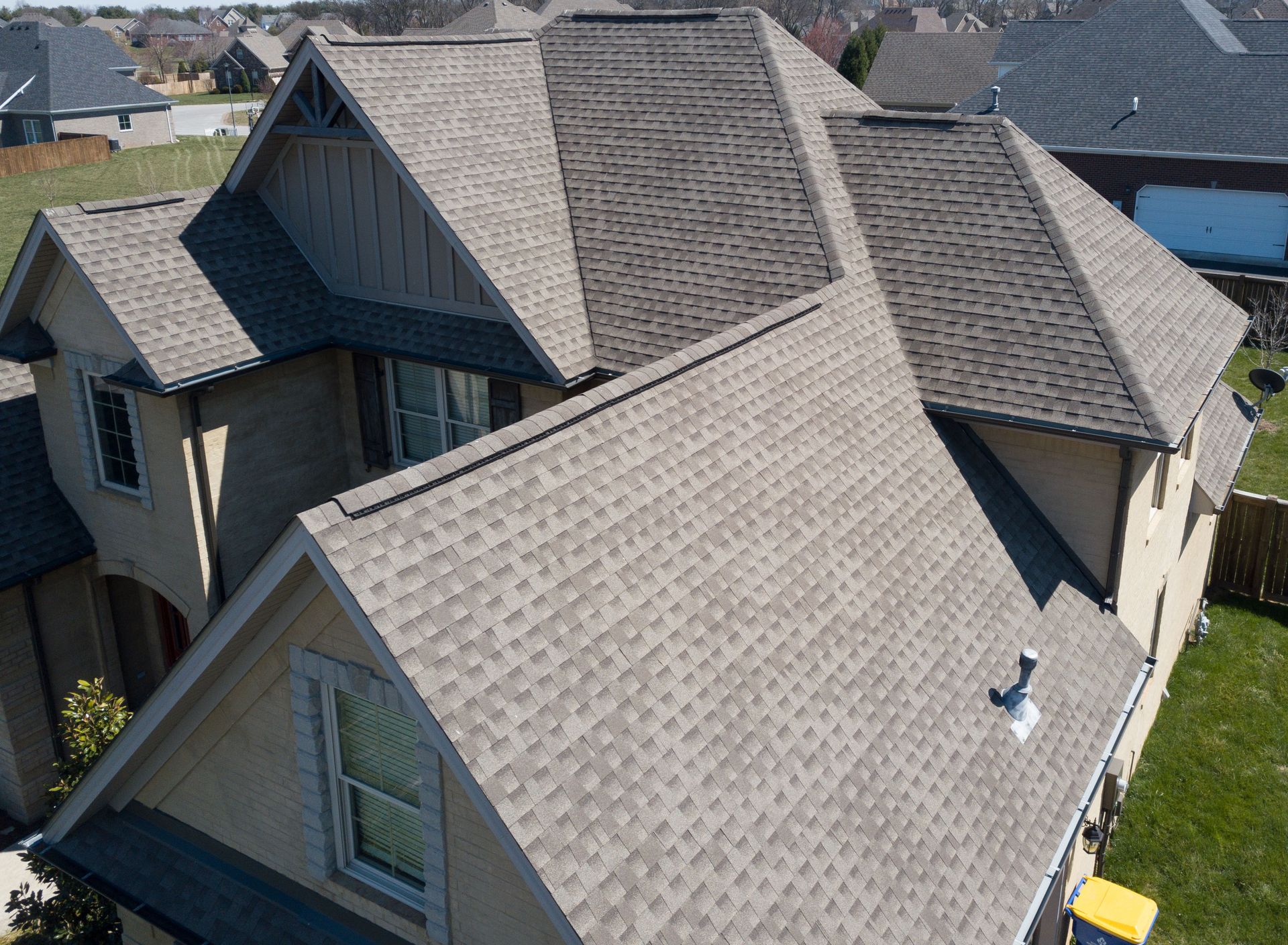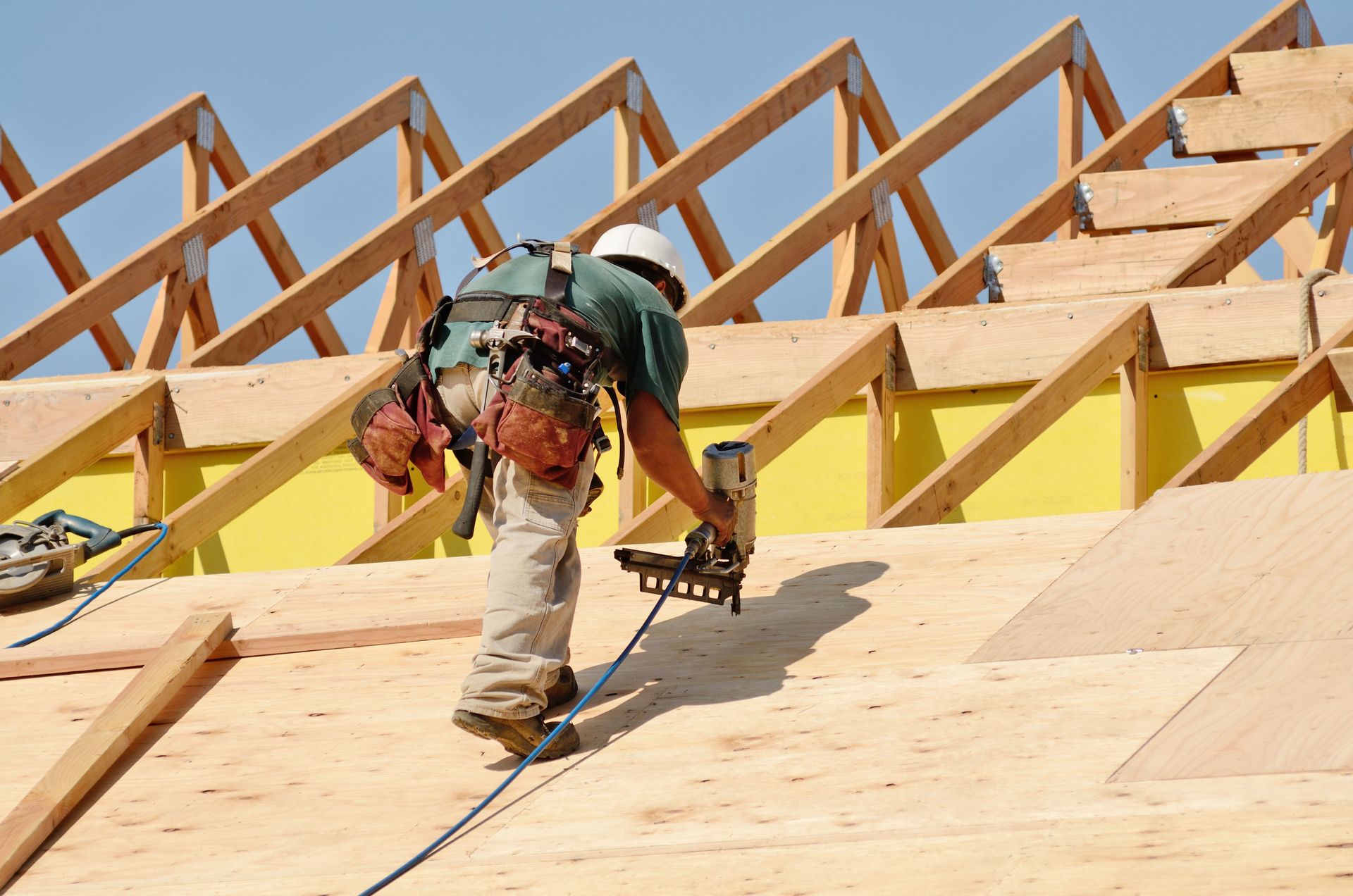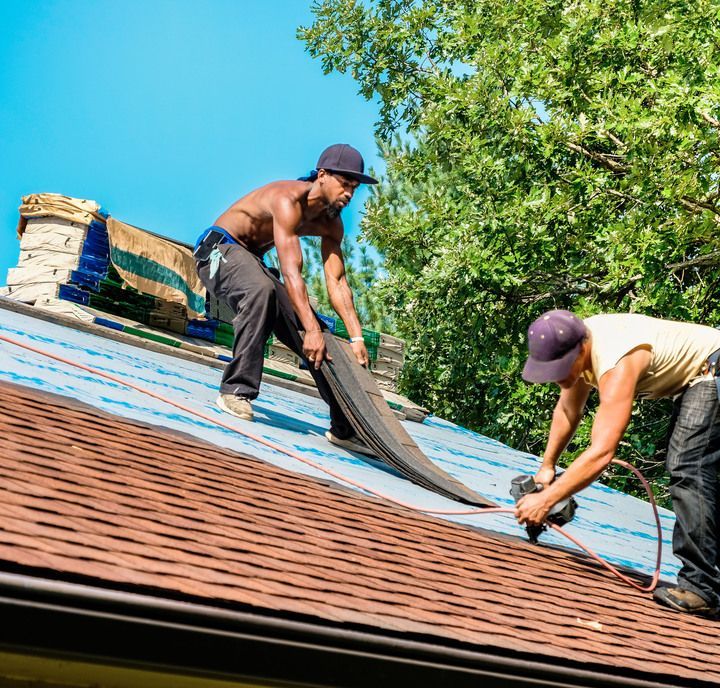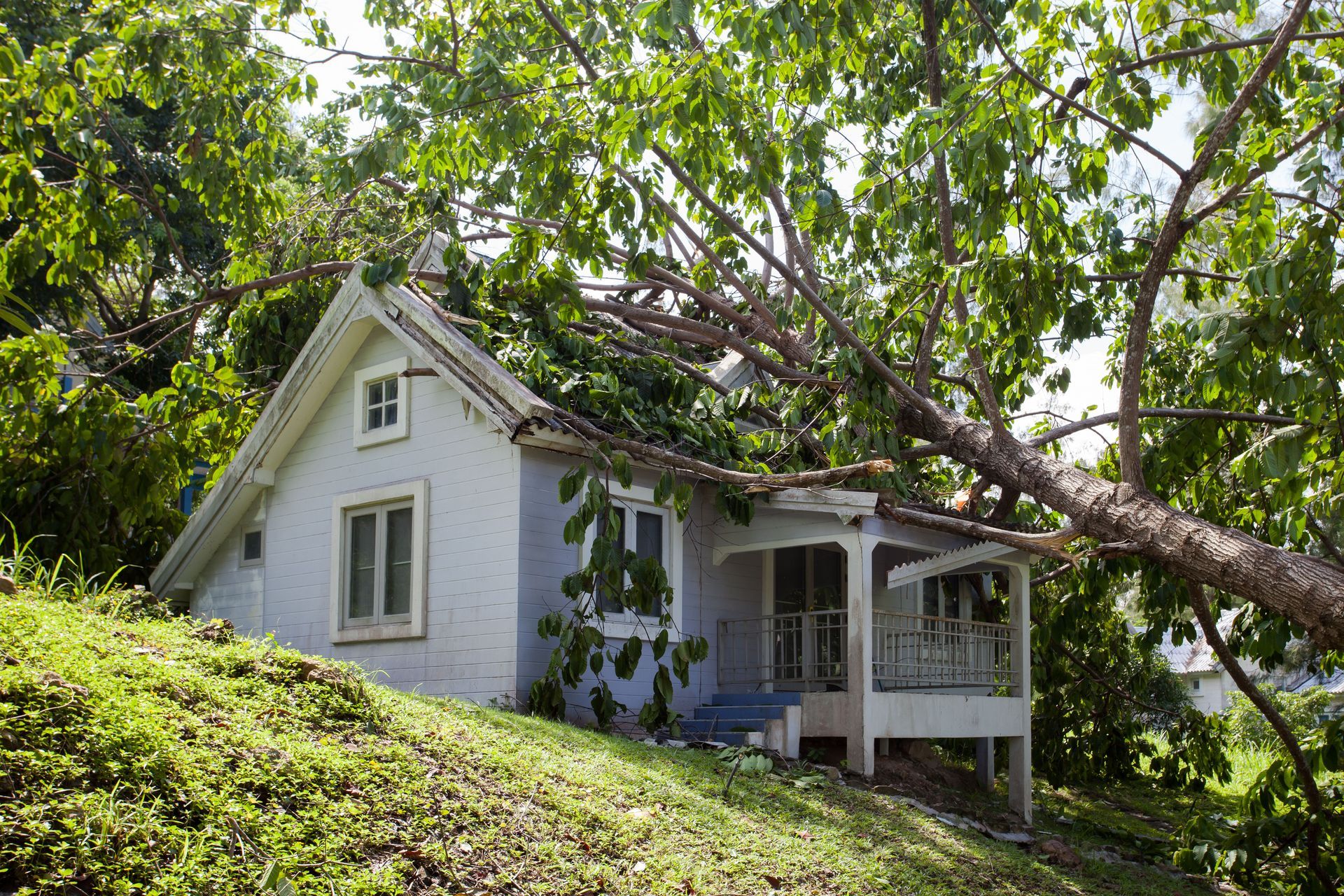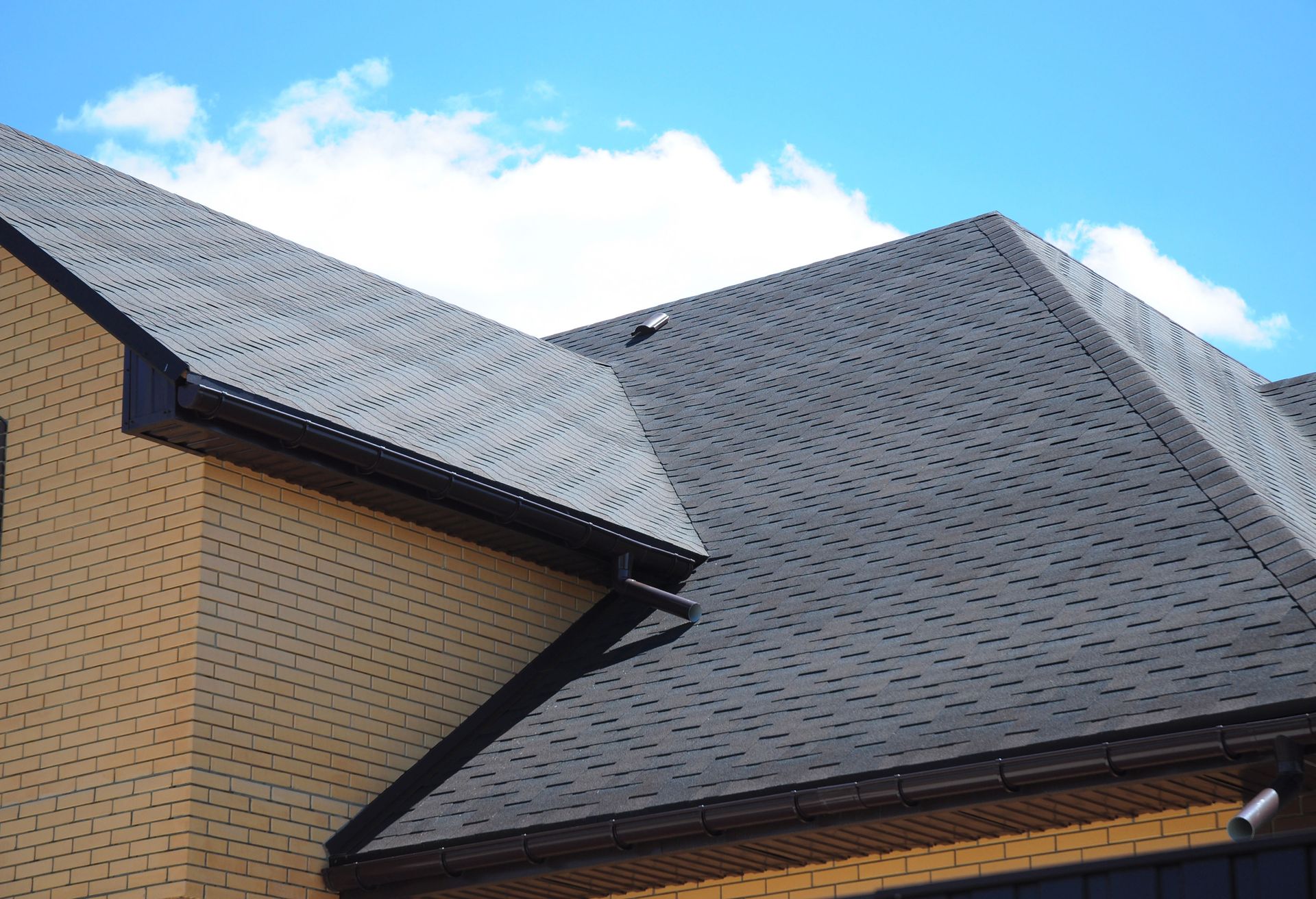Expert Tips From Your Vinyl Siding Installation Professional
While vinyl siding may be a common type of siding to install, it takes a lot of skill and knowledge. Your professional siding installer has collected many tips over their years of installing siding. Do you want to learn more about them before your next project? Here are some other vinyl siding replacement and installation tips that may spark your interest before your next home project.
Consider a Wider Starting Strip
When installing vinyl siding replacement, there are a number of starter strip options professionals choose from. Most people tend to choose the thinner ones because they are more affordable. However, this might not be the best move for your home. Instead of choosing the thinner ones, you may want to consider investing some extra money in a 3.5-inch starter strip.
When your contractor starts the installation, they'll make sure to leave at least an inch of the starter strip hanging over the top of your home's foundation. While installing the strip, drop the siding down as low as possible. The more foundation covered with the starter strip, the better protection you get against rain, snow, and every other thing that nature throws at your home. It's important to keep the weather in mind as, according to Modernize, it's not a good idea to install vinyl siding when it's freezing cold.
Level It Out Carefully
Your contractor will also level the siding accurately. This step makes for an easy installation and a secure wall. When starting the siding installation process, a contractor will draw a level base chalk line around your home for the first run of siding. This goes a long way in guaranteeing that the installation will be straight. A great contractor takes some time to level things out at least once every five panels, which will help keep things on the right track.
Leave Some Space at the Ends
After the installation is complete, your contractor will leave some room at the end of the siding. The end pieces will be cut to leave an extra quarter inch of space at both ends of your siding runs. This step caters to the expansion that goes on during the summer months. Without the allowance for expansion, your siding can end up buckling, which will cause other complex issues along the way.
Cut the Vinyl With a Vinyl Blade
Small things are what make the difference between a perfect installation and a bad vinyl siding replacement job from your contractor. When installing vinyl, they shouldn't use the standard fine-toothed saw blade to make cuts. Instead, a vinyl blade should be in a contractor's tool kit. These blades have teeth that are arranged backward to make the cuts smoother. This eliminates issues like chipping and other problems that come with standard cutting.
Lift and Nail
Imagine having your siding installed only for it to come apart days after the job. That's probably one of the worst outcomes of any siding installation job. Not only will you have to hire a new contractor, but you'll have wasted a lot of time and money. This is why contractors pull each piece up slightly when nailing it down. This practice guarantees that each piece is securely locked to the other, which creates sturdy bonds between different sections of your vinyl siding.
Select the Right Nails
The right nails are essential to holding the siding firmly in place. This risk of failure is why roofing contractors always use specific nails. Instead of regular nails, they'll use galvanized roofing nails, all at a minimum of two inches. This will keep your siding strong against the weather, which is especially important in colder and rainier climates. In areas where the vinyl is going over rigid foam, longer nails might be used. Using nails that are not galvanized nails leads to corrosion, and your siding will be falling off your home in no time at all.
Vinyl siding replacement and installation requires the right tools and a great amount of experience. Always hire a professional that will know these tips! That way, you can count on a good outcome that you can trust. Get in touch with our team at Dillman Brothers Contracting Inc today when you need great vinyl siding installation services.

